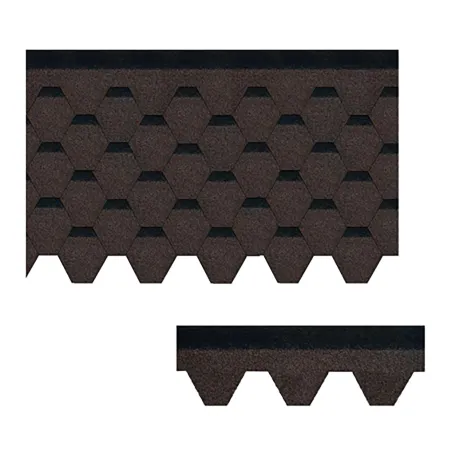
Dùbh . 05, 2024 15:44 Back to list
Assessing Granular Loss on Flat Roof Systems for Improved Durability and Performance
Understanding Granular Loss on Flat Roofs
Flat roofs have become increasingly popular in modern architecture, especially for commercial buildings and some residential structures. Their sleek, minimalist design and efficient use of space are appealing, but flat roofs can face particular challenges related to maintenance and durability. One significant concern is granular loss, which can impact the roof's longevity and performance. In this article, we will explore the concept of granular loss on flat roofs, its causes, consequences, and preventive measures.
What is Granular Loss?
Granular loss refers to the deterioration of the protective surface layer on flat roofs, often composed of aggregate granules that provide UV protection, weather resistance, and aesthetic appeal. These granules are typically embedded in a layer of modified bitumen or other roofing materials. Over time, various factors can lead to the dislodging of these granules, resulting in a compromised roofing system.
Causes of Granular Loss
Several factors contribute to granular loss on flat roofs
1. Weather Conditions Prolonged exposure to harsh weather elements—such as intense sunlight, heavy rain, hail, or freezing temperatures—can accelerate the degradation of roofing materials. UV rays can cause the bitumen to break down, making it more susceptible to losing granules.
2. Improper Installation If a roof is not installed correctly, it may not provide adequate adhesion between layers, leading to premature aging and granule loss. This is often the case when the roofing system lacks proper slope, which prevents adequate water drainage.
3. Foot Traffic Frequent maintenance activities or rooftop installations can cause unnecessary wear and tear, leading to granular loss. It is essential to minimize foot traffic or use walking pads to distribute weight evenly across the roof.
4. Poor Drainage Accumulation of standing water can lead to significant issues, including the washout of granules. If a roof doesn’t have effective drainage systems, moisture can compromise the roofing material and lead to further degradation.
Consequences of Granular Loss
Granular loss can have serious implications for flat roofs
granular loss on flat roof

1. Reduced Durability Without the protective granular layer, the underlying roofing material becomes exposed to the elements, increasing the risk of leaks, cracks, and overall deterioration.
2. Decreased Insulation The granules play a vital role in insulation. Their loss can lead to higher energy bills as the building's heating and cooling demands increase due to reduced thermal efficiency.
3. Increased Repair Costs As the roofing material suffers from exposure, more significant problems can develop, leading to costly repairs or even a full roof replacement if not addressed in a timely manner.
Preventive Measures
To combat granular loss and extend the lifespan of flat roofs, building owners and facility managers can take several proactive measures
1. Regular Inspections Conducting routine inspections at least twice a year can help detect early signs of granular loss, allowing for timely maintenance and repair before issues escalate.
2. Proper Installation Hiring trained roofing professionals and ensuring proper installation techniques will help mitigate issues from the beginning.
3. Investing in Quality Materials Using high-quality roofing membranes with superior granule adhesion and UV resistance can significantly enhance the durability of a flat roof.
4. Enhancing Drainage Systems Ensuring that gutters, downspouts, and other drainage elements are functioning correctly can help manage water runoff and prevent granule removal caused by standing water.
5. Limit Roof Traffic Restricting access to the roof and providing necessary walkways can help protect the surface from unnecessary wear and reduce the potential for granular loss.
Conclusion
Granular loss on flat roofs can pose serious risks to the integrity, efficiency, and longevity of roofing systems. By understanding its causes and implementing preventive strategies, building owners can protect their investments and ensure a safer, more efficient roofing solution. A proactive approach to maintenance and care can ultimately save time and resources, providing peace of mind while contributing to the building's overall sustainability and performance.
-
Lifetime Roof Shingles – Durable Roofing Solutions for Decades
NewsJun.10,2025
-
Top Roofing Shingles Types Compare Different Types of Architectural Roofing Shingles for Your Home
NewsJun.10,2025
-
Affordable Asphalt Shingle Roll Durable & Easy Flat Roof Solution
NewsJun.09,2025
-
Metal Asphalt Look Roofing Durable Shingle-Style Options
NewsJun.09,2025
-
Premium Clay Valley Roof Tiles Durable & Eco-Friendly
NewsJun.09,2025
-
Modern Clay Pantile Roof Tiles Durable & Stylish Roofing
NewsJun.09,2025







